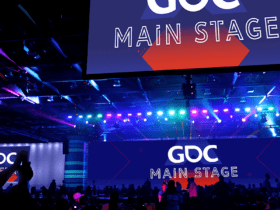The gaming industry is currently experiencing a complex situation, marked by both significant growth and concerning trends like widespread layoffs.
On the one hand, the industry continues to see massive revenue and player engagement. The global gaming market is expected to reach a value of $268.8 billion by 2025, driven by factors like the increasing popularity of mobile gaming, esports, and streaming.
However, this growth hasn’t translated uniformly to all parts of the industry. Many game developers and studios have faced significant challenges, including:
- Economic pressures: Rising production costs, inflation, and a potential economic slowdown are putting pressure on companies to cut costs.
- Mergers and acquisitions: Consolidation within the industry has led to restructuring and job losses at some studios.
- Shifting market trends: The ever-evolving gaming landscape can make it difficult for studios to keep pace, leading to challenges in staying competitive.
These factors have contributed to a wave of layoffs across the industry, impacting thousands of workers. This has understandably caused concern and uncertainty among many in the gaming community.
It’s important to note that the industry is still adapting to these changes, and there are ongoing efforts to address the challenges. Initiatives like unionization and calls for more sustainable development practices are gaining momentum, aiming to create a more stable and equitable environment for game developers.
The future of the gaming industry remains uncertain, but its potential for growth and innovation is undeniable. How the industry navigates the current challenges will determine the shape of the gaming landscape in the years to come.










